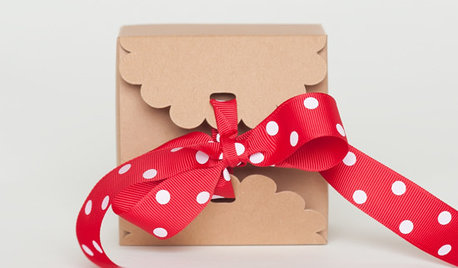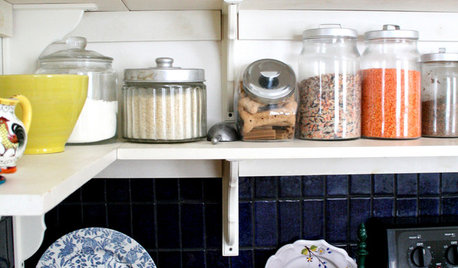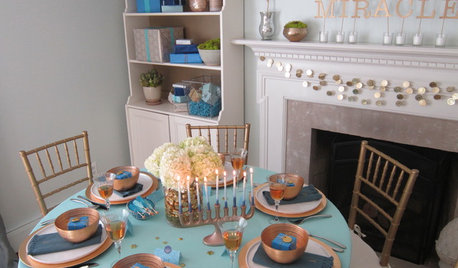My Scandinavian relatives always made this for Christmas. It does require a time investment to make, but the results are beautiful, and fresh made is so much tastier than the dried up kind you can buy in import or specialty shops. I use the almond paste that comes in cans, that you can find in the baking section of an ordinary grocery store. Older children may enjoy modeling the small fruit shapes, and may have more up-to-date skills for this.
INGREDIENTS
8 oz Almond PASTE (NOT almond filling)
2 cups confectioners sugar, divided
cup light corn syrup, room temperature
Liquid food coloring (ordinary grocery store kind)
Red decorating sugar, optional
EQUIPMENT
Hand Grater
Food processor
Several small new artist paintbrushes
toothpicks
Adapted for food processor by Linnea Lahlum
Grate the almond paste by hand with large hole grater into a bowl or plate. I find I canÂt use the grater attachment for the food processor: it is too dense, and jams. If not grating, crumble very finely with a pastry blender or fingertips. Put 1 cup of the confectionerÂs sugar in with the grated almond paste. Mix it in with a spoon or by hand so all the gratings/crumbles are coated. (This is, again, to keep the dense almond paste from jamming the food processor.) Put gratings/sugar combo into food processor with metal blade. Process until it looks like fine crumbs. Add another ¾ cup of sugar, process again, it will look like fine crumbs or cornmeal. Add ¼ cup corn syrup. Process until the dough begins to clump together, like piecrust. If it wonÂt start clumping, add a Tablespoon more corn syrup. Turn out on a sheet of waxed paper or a work surface dusted with remaining ¼ cup of confectionerÂs sugar. Knead until it is smooth. If it is sticky work in more sugar. It should feel just like soft modeling clay.
To color, divide dough into pieces sized according to colors desired. Separate one piece.
Take a chunk off this and work in a few drops liquid food coloring. Knead until evenly colored. Then take that colored piece and combine with the rest of the original piece, kneading until color is smooth. Wrap in plastic wrap and let rest in the refrigerator for about an hour.
Coloring and forming examples:
I make one batch and leave uncolored, and one batch that is colored. I form the fruit shapes by hand the way my family does it; but you can always use a mold too. The consistency is just like modeling clay, so it is easy and fun to work into shapes. Thin or skinny shapes tend to breakÂjust like modeling clay. Basic round balls easily become apples, oranges, pears, potatoes, etc., with little additional tweaking.
The uncolored one makes potatoes, strawberries, and the traditional pigs (these are given to wish abundance and good luck for the coming year.). The colored batch makes the other fruits.
Potatoes are very good! Form into potato shape and roll in cinnamon, knock off excess. Or shake in a baggie with a little cinnamon. The cinnamon flavor goes well with the marzipan. Make potato "eyes" by poking it with a toothpick.
Strawberries are made with uncolored dough: take a large ball, pinch one end to form the strawberry shape, and roll in red decorating sugar.
Pigs are made very squat, with legs tucked under, or really just the torso and head, with a smiling face. A toothpick dipped in diluted red food coloring details the mouth and eyes.
MAKING COLORS:
If you want yellow (bananas, peaches, golden apples), Orange (Oranges, pumpkins), and Green (pears, green apples) : Mix 6 drops of yellow food coloring into the amount of dough for this whole batch. Then divide that in thirds. Set aside 1 yellow portion. Take 1 yellow section and work in 2 drops of red to make orange. Take the last yellow section and work in 1 drop of green to make a yellow-green that is the right color for pears. (Making red dough does not work well: it comes out pinkish.)
DECORATING:
A small clean inexpensive watercolor palette (available at any craft store) is handy but optional. You can use a plate as a palette.
A small paintbrush dipped in diluted food coloring (you can add one drop of corn syrup to make it shiny) is used to paint the blush on the sides of peaches, apples, and pears. A mix of colors makes brown to paint stems, blossom ends, and brown streaks on bananas. Orange texture is made by rolling the round shape against the prickly points of a grater.
Allow to dry to the touch on waxed paper, before packing up into boxes. Once surface is dry, do not leave uncovered for long. Inside should stay soft.













lisbet
linnea56 (zone 5b Chicago)Original Author
Related Discussions
RECIPE: Marzipan for Christmas Fruit Cake. - recipe or buy it?
Q
King Arthur Flour sale on candied fruit
Q
Recipe for candied pineapple?
Q
RECIPE: Old Fashioned Candy Recipes Needed
Q
piegirltoo